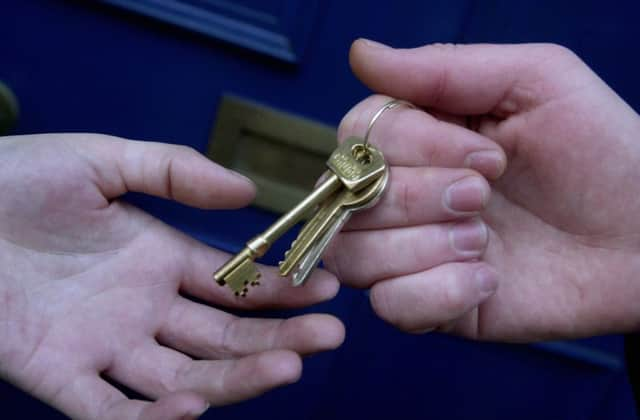Compulsory voluntary registration of land in Scotland


In 1617, Scotland established what is now the world’s oldest public property register, the Sasine Register. It continued for almost 400 years and, although merely a list of recorded deeds, was significant in forming the basis of a transparent registration system. In 1979 a new Land Register was established, introducing a map-based register of land ownership designed to provide clearer, easier to understand particulars of the property and its ownership, backed by a state guarantee, providing protection to owners and prospective purchasers and lenders.
Despite the Land Register having existed for over 30 years, only 26 per cent of Scotland’s land mass is currently registered. Until last December, only transfers of property for value (e.g. payment of a price) initiated a move out of the Sasine Register and into the Land Register. However, from 8 December 2014, any transfers of unregistered areas have “triggered” registration in the Land Register.
Advertisement
Hide AdAdvertisement
Hide AdBut there are properties which may never be transferred, for example those owned by a company where ownership is transferred by virtue of a sale of the company’s shares. Other properties may not be transferred for many decades to come, with a transfer only occurring on the death of the owner. The owners of those properties, and indeed any property in Scotland within the Sasine Register, are able to apply to the Keeper of the Registers of Scotland for voluntary registration; under this process, the owner is entitled, but not obliged, to register their property in the Land Register.
So far so good, but a year ago the Keeper was invited by Scottish ministers to complete the Land Register by May 2024. This is an aspirational target and time will tell whether it will (or can) be achieved. One method to be used is to encourage owners to undertake voluntary registration. The Keeper’s fee for undertaking a voluntary registration of a property is the same as the fee charged on a purchase of the property. The owner will also incur a range of other costs, likely to be significant, including legal fees, land agent’s fees, mapping costs and time spent by owners checking boundaries. So why would an owner choose to register their land using the voluntary registration process?
Ultimately, if the owner does not register their property then recent public consultations suggest the Keeper may be given powers to choose (unilaterally) to register an owner’s title. If introduced, that process is to be known as Keeper-Induced Registration (KIR). There is limited details as to how KIR would operate, what details would be included in a title deed produced under KIR and whether the title produced by the Keeper would benefit from a full state guarantee. An owner whose property is registered using KIR may still incur costs in checking the title produced by the Keeper and remedying any errors identified.
If KIR is introduced, this may result in a race to the register by owners to register their property before the Keeper invokes KIR. Where Sasine title deeds overlap, registering the property in the Land Register before neighbouring owners may strengthen the first owner’s claim to the overlap. The state guarantee can, in certain circumstances, allow compensation to be claimed in the event that the registered title is successfully challenged by someone else. For those properties consisting of a complicated Sasine title made up of many (sometimes hundreds of) deeds, registration of the property in the Land Register can significantly simplify the title deed, making conveyancing relative to the property in the future (following voluntary registration) easier and consequently cheaper. Undertaking the voluntary registration process may even identify areas of land the owner did not know they owned, the value of which could go a significant way to meeting voluntary registration costs.
Whether the potential benefits will outweigh the potential risks and costs of voluntary registration will depend greatly on the owner’s plans for their property, the complexity of the title deeds and whether KIR is introduced and, if so, in what form.
The threat of KIR arguably reduces the voluntary element of voluntary registration and moves it towards compulsory registration in circumstances where the owner does not wish their property to be registered using KIR.
All owners with a property registered in the Sasine Register should therefore pay close attention to the possible development of a KIR process.
• Louise Johnston is a partner with Turcan Connell (www.turcanconnell.com)